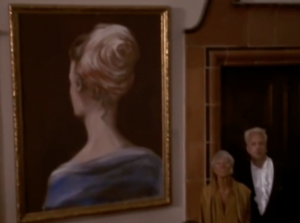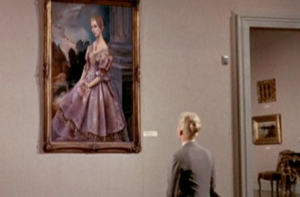In Maya Deren’s piece entitled, “Cinematography: the creative use of reality” the author discusses the importance of editing by saying, “the editing of a film creates the sequential relationship which gives particular or new meaning to images according to their function” (Deren 153). This concept of using unique editing to bring new meaning to a film is a theme that’s evident throughout the course of Run Lola Run and allows the filmmaker to create a non-linear story that explores the idea that each of us has a fate that can be changed by something as simple as bumping into a woman or arrive late to a bank. One editing element the director used that I found interest was the cuts between Lola’s interactions with people around her and then the projected fate of those she interacted with. This sequence used quick cuts and a screen that says “And then…” to create a visual striking shot that also seconds as a creative way to show the potential futures that the characters Lola interacts with could have if one minor part of their day was adjusted. I think that a shot like this really embodies Deren’s point about the importance of editing because without these sequences it would be incredibly difficult to illustrate the idea that every choice we make has a consequence that can change the course of ones life. By choosing to edit the film in such a way that fragments of the future are revealed through flashes the filmmaker gives new meaning to Lola’s every action and stresses this idea that the choices we make have a ripple effect on those around us.


